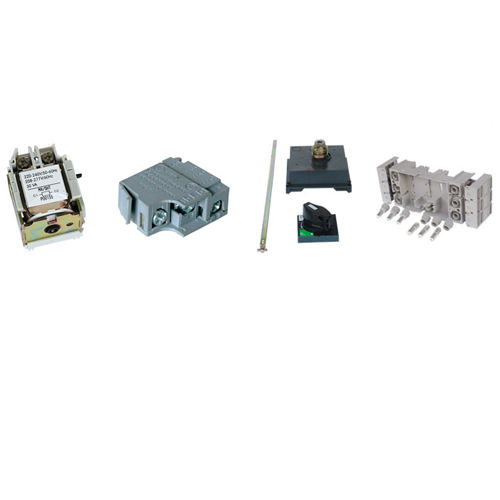A thermal overload relay is an electrical protection device used to monitor and safeguard a motor or electrical circuit from overheating. It is widely utilized in a variety of applications such as motors, transformers, generators, and other electrical equipment. A thermal overload relay's principal duty is to cut power to the circuit when excessive heat is detected, preventing damage and assuring safe operation.
What Is the Function of a Thermal Overload Relay?
The fundamental operating concept of a thermal overload relay is based on the link between current, temperature, and time. It is made up of a temperature-sensitive element and a current-sensitive element.
Current-sensitive element: A bimetallic strip or a current transformer that gauges the current flowing through the circuit. Because of its electrical resistance, the bimetallic strip warms up as the current increases, causing it to bend or warp. The amount of bending or warping is determined by the size of the current.
Temperature-sensitive element: A temperature-sensitive element, such as a thermostat or a thermal resistor, is in contact with the bimetallic strip. The temperature-sensitive element detects the temperature of the bimetallic strip, which rises with increasing current. When the temperature surpasses a specified level, the overload thermal relay activates its protection mechanism.
Thermal Overload Relays' Importance
Thermal overload relays are designed to safeguard electrical systems from overheating, which can result in catastrophic failures, fire dangers, or permanent damage to equipment. These relays provide a dependable technique for preventing harmful situations and guaranteeing the safety of both employees and property by monitoring current and temperature.
Equipment durability: Electrical equipment's lifespan can be severely reduced by overheating. Thermal overload relays assist to increase the operational life of motors, transformers, and other components by detecting excessive temperatures as soon as they occur. This reduces the need for frequent repairs or premature replacements, resulting in cost savings.
Thermal overload relay helps the overall dependability of electrical systems. They work as a fail-safe device, immediately cutting the power supply as needed, reducing the danger of equipment failure or malfunction. This dependability factor is especially important in sensitive situations where continuous operation is required.
Follow our Facebook and Twitter for more information about our product.







